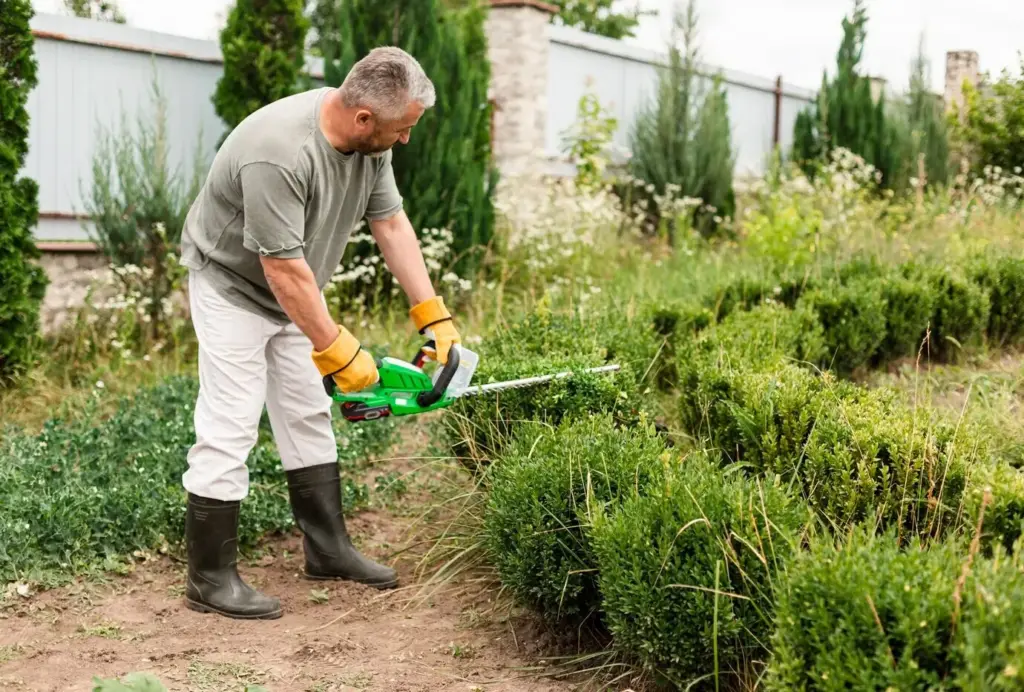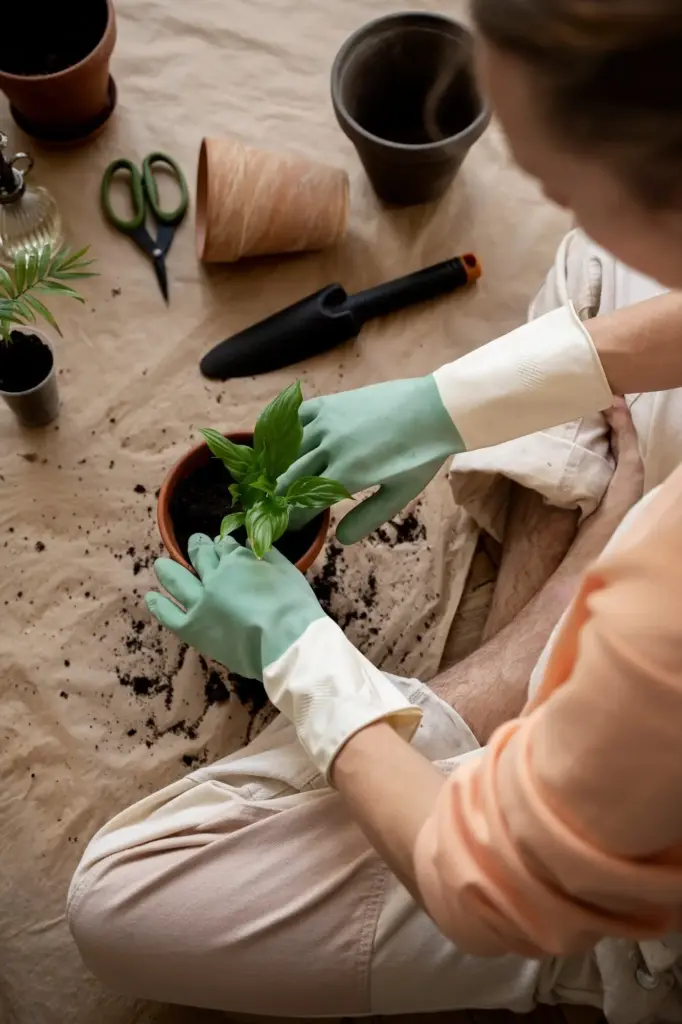Begin Your First Vegetable Garden With Confidence


Plan the Plot, Save the Effort

Testing pH and Texture the Simple Way

Compost, Mulch, and Organic Matter
Choose Beginner-Friendly Crops
Quick Wins That Build Confidence
Seasonal Timing and Regional Guides

Spacing, Depth, and Germination Tricks

Transplanting Without Shock
Water, Feed, and Mulch Like a Pro

Smart Watering on Busy Weeks
Plan watering as predictably as brushing your teeth. Use a finger test two inches down to check moisture, water early mornings to reduce evaporation, and group thirstier crops together. Timers, drip lines, and mulch save hours. A friend who traveled frequently kept a thriving balcony garden with a simple timer and capillary mats. Share your constraints, and we’ll design a routine that respects your schedule while keeping leaves perky and soil happily hydrated.
Feeding Without Burning Roots
Plan watering as predictably as brushing your teeth. Use a finger test two inches down to check moisture, water early mornings to reduce evaporation, and group thirstier crops together. Timers, drip lines, and mulch save hours. A friend who traveled frequently kept a thriving balcony garden with a simple timer and capillary mats. Share your constraints, and we’ll design a routine that respects your schedule while keeping leaves perky and soil happily hydrated.
Mulching That Controls Weeds and Evaporation
Plan watering as predictably as brushing your teeth. Use a finger test two inches down to check moisture, water early mornings to reduce evaporation, and group thirstier crops together. Timers, drip lines, and mulch save hours. A friend who traveled frequently kept a thriving balcony garden with a simple timer and capillary mats. Share your constraints, and we’ll design a routine that respects your schedule while keeping leaves perky and soil happily hydrated.

Defend Against Pests and Problems
Harvest, Store, and Celebrate

Picking at Peak Flavor

Simple Storage That Extends Freshness
